How we test blenders – our kitchen experts' step-by-step review process
Here's all the juicy details of how we assess the best blenders


Every kitchen needs a blender, but knowing which model to buy and whether it's any good requires some research. You can never judge a blender by just reading the credentials online, so that's why we make sure to test and review every and any model that we think would suit you.
Over the years, we've refined our process for how we test blenders. We put our models through rigorous rounds of testing, making smoothies, dips, ice cones, and more. However, to get the top spot in one of our guides for the best blenders, blender food processor combos, and portable blenders it has to do a lot more.
Here's how our experts measure the performance, appearance, reliability and value of our blender. We'll give you the insights into how we draw conclusions, why we make them, and what you should expect when you're shopping for blenders.
How we choose blenders to review
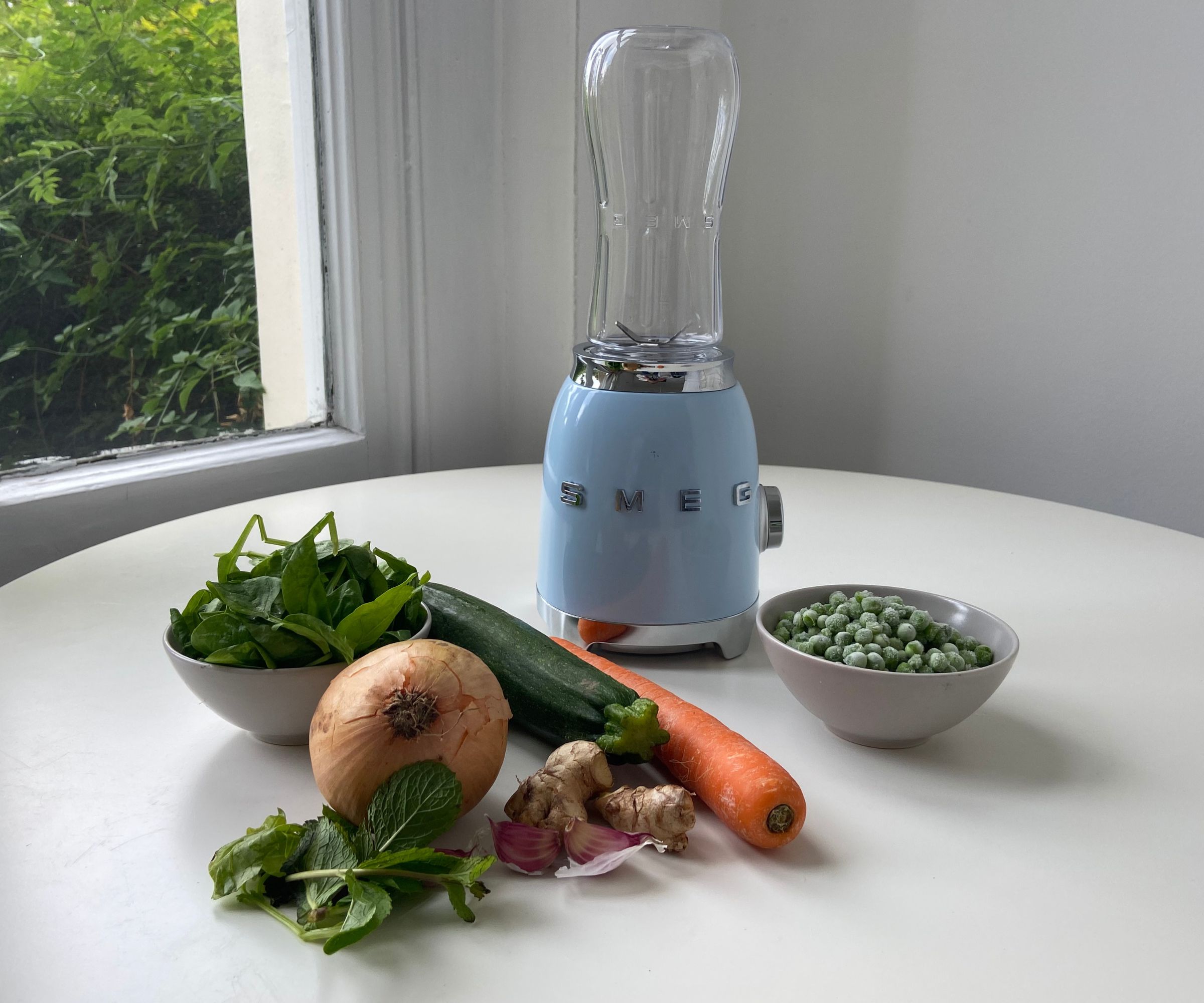
The first step is market research. We're always keeping our noses to the ground on new releases and the latest innovations in the tech. After reviewing product specifications and customer reviews to make sure it's worthy of a review, we get samples of those blenders we think could make it into our guides to the best blenders.
These tend to be from the big names in blending like Nutribullet, Vitamix and KitchenAid, but we also keep our eyes out for more niche blenders from smaller companies in case they can keep up with or outdo the competition. For example, BlendJet and Blender X made it into our roundup of the best blenders, but they're relatively small fish in a big pond where blenders are concerned.
Unboxing
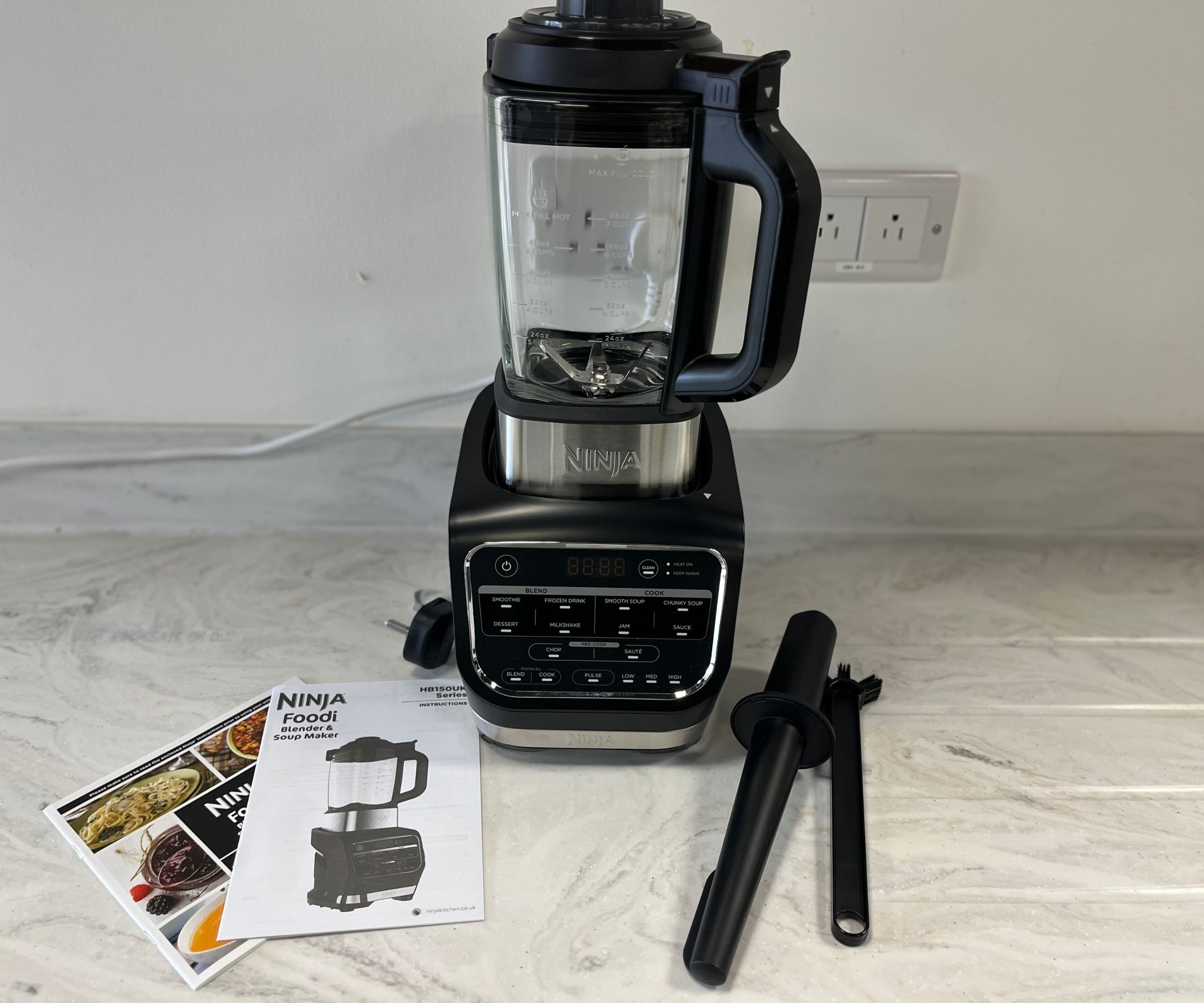
To start with, we get the blender out of its box – and before we do anything at all, we go through all the paperwork, noting safety warnings, warranties and the instructions for the set-up process.
At this point, we assess the blender design. We start by measuring up to see if it's easy to store or if takes up room. We assess the overall aesthetic on the countertop, how easy it is to move around, and the quality of the materials. This is also where we note accessibility features, because a stiff blender lid or a motor base that is tricky to align with a pitcher can be particularly difficult if you have mobility issues.
It's also where we assess the responsiveness of buttons, dials, and display screens, as well as simple but easy-to-forget features such as if the blender is left or right-handed, depending on where the handle is situated. At Homes & Gardens, we value impeccable style – but we don't prize it over substance. The blender design has got to feel user-friendly and intuitive, too.
Test 1: Smoothies
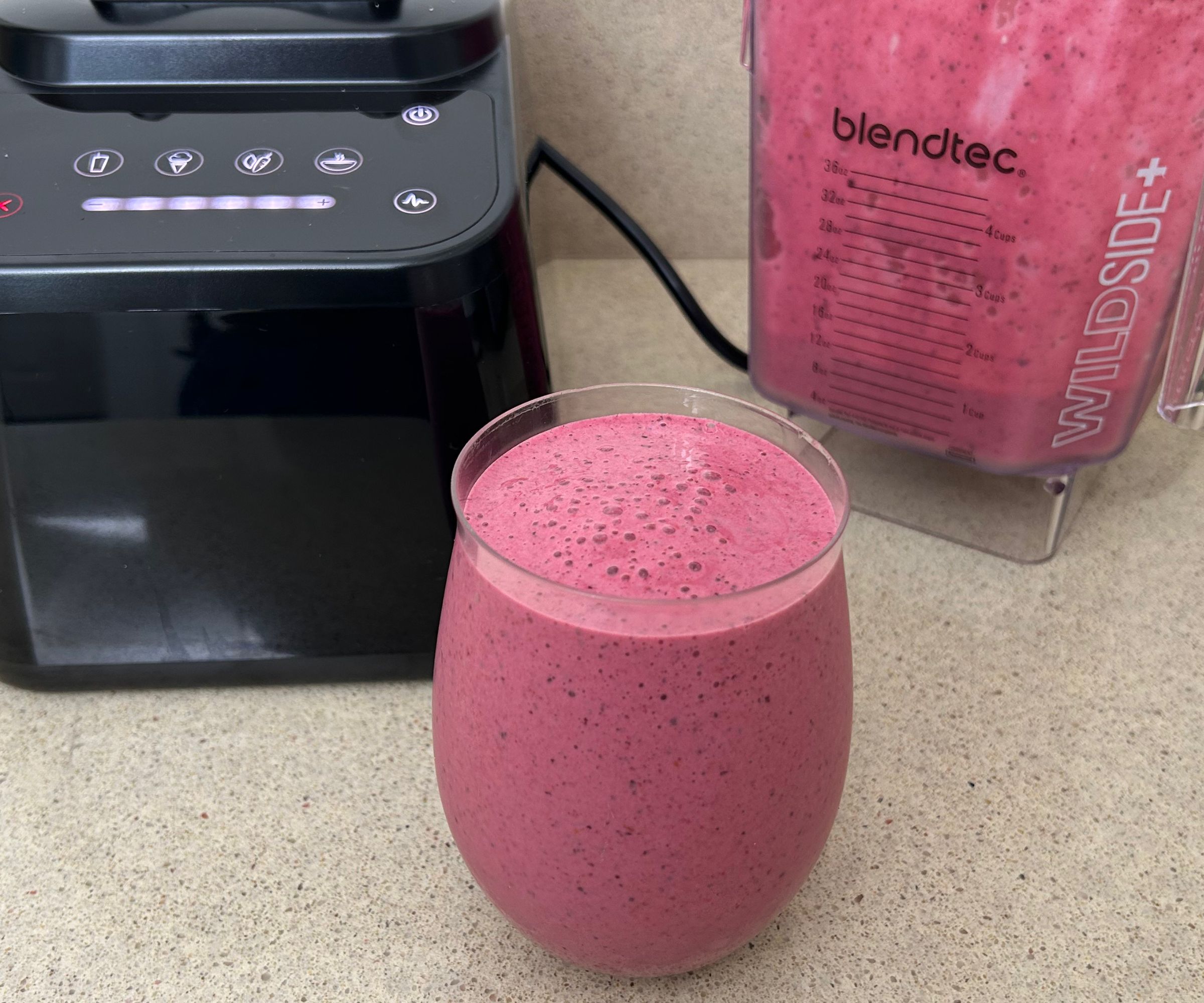
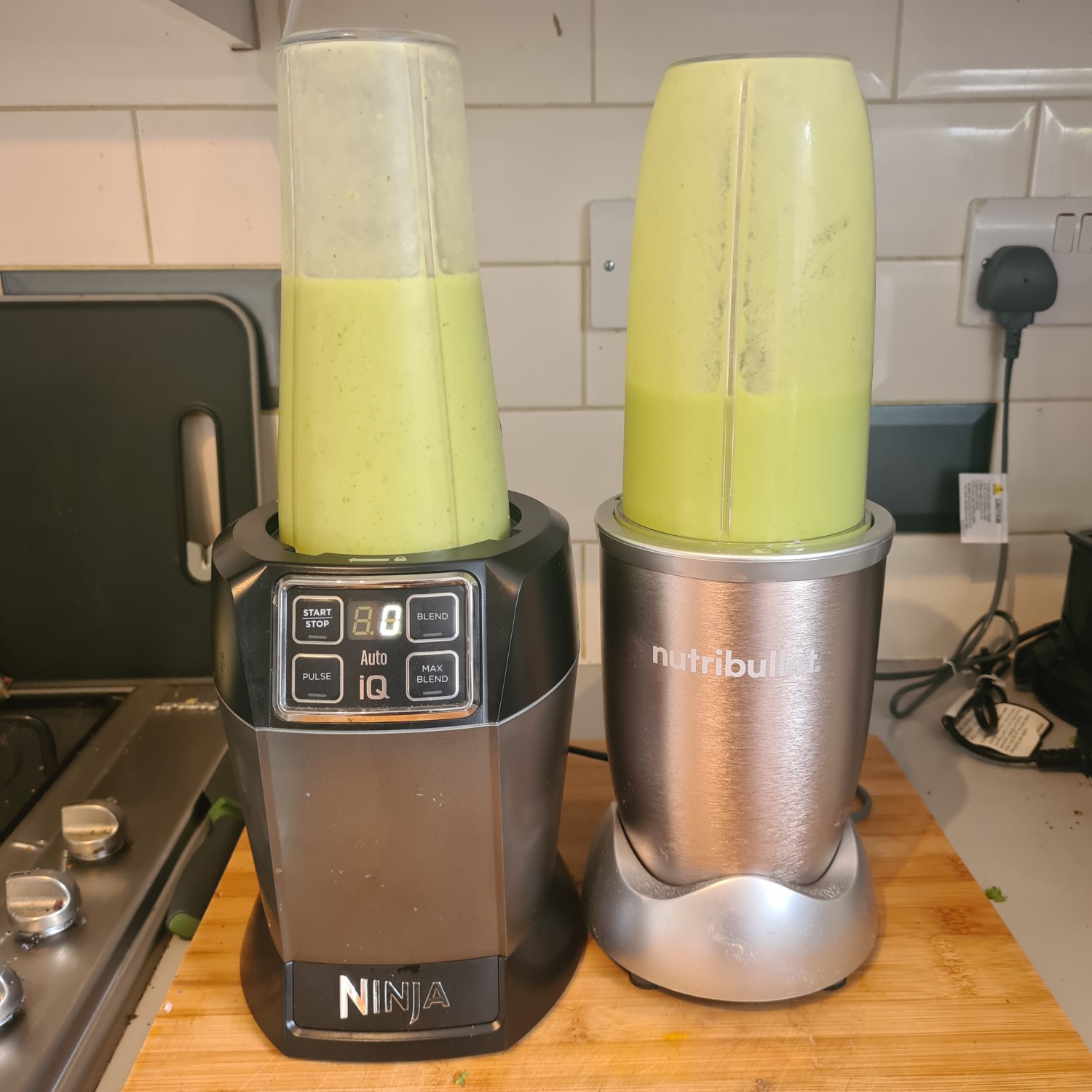
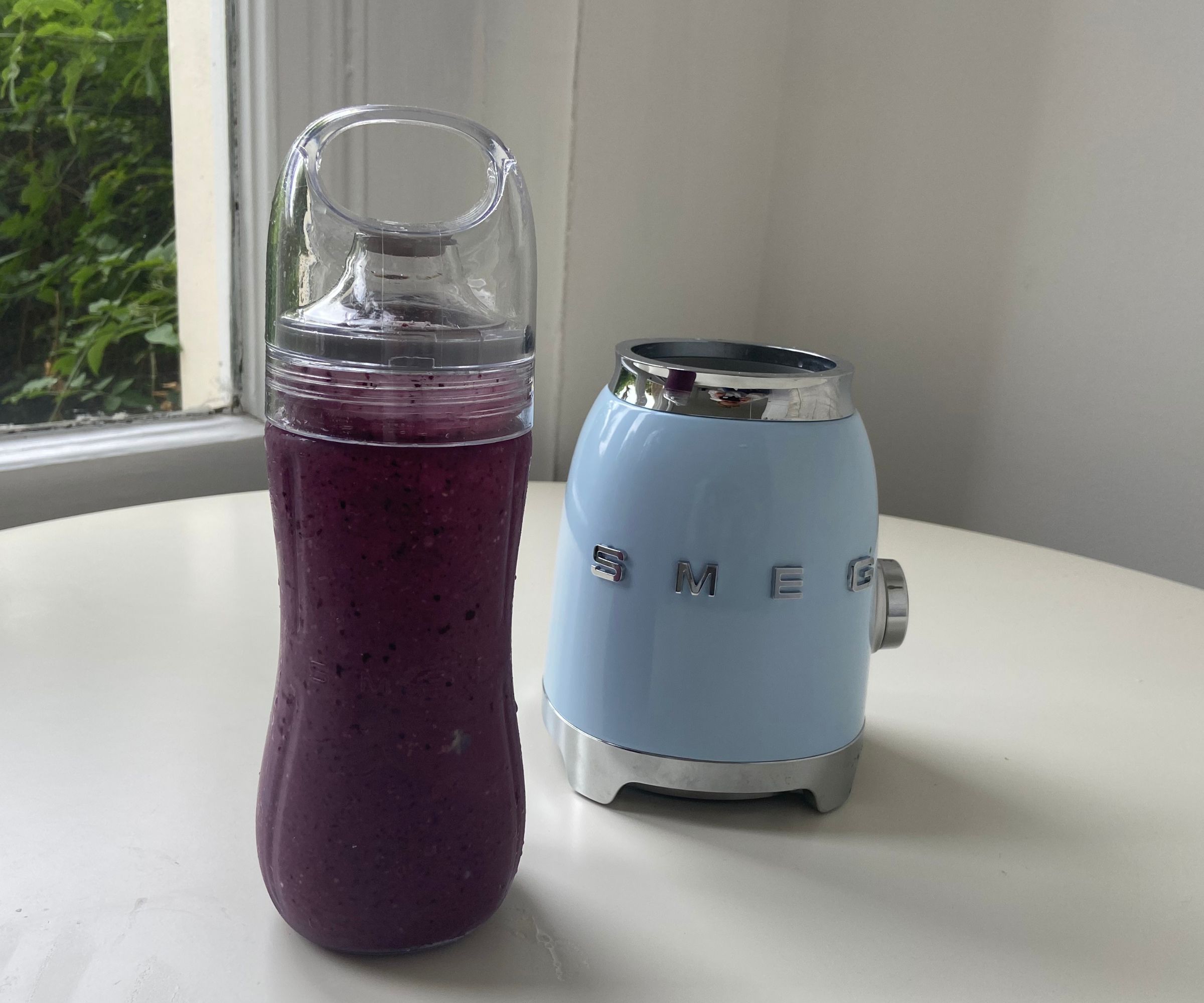
What else? Smoothies are the most basic thing a blender can do. They're pretty much why blenders were invented, so if we've got a model that can't handle these you won't find it anywhere near our rankings of the best.
As a the head of kitchen appliance testing, I'm also a trained chef and recipe editor – so you can imagine there are a variety of smoothie recipes I'd love to try out. But for the first round of testing, we stick to a classic breakfast smoothie – making sure it's packed with challenging ingredients. We start with frozen berries to see how a blender can cope with frozen textures, tough skin, and seeds. We then add frozen banana halves to see whether it can break down larger frozen solids. Then, we add jumbo oats and gritty chia seeds. Finally, we add my favorite tricky ingredients: protein powder and creatine, because these powdery textures can easily add unappetizing grit to a smoothie.
If a blender can whizz all of these into a smooth drink, then it's on track to be one of our new best blenders, but this is only the first test.
Test 2: Soup
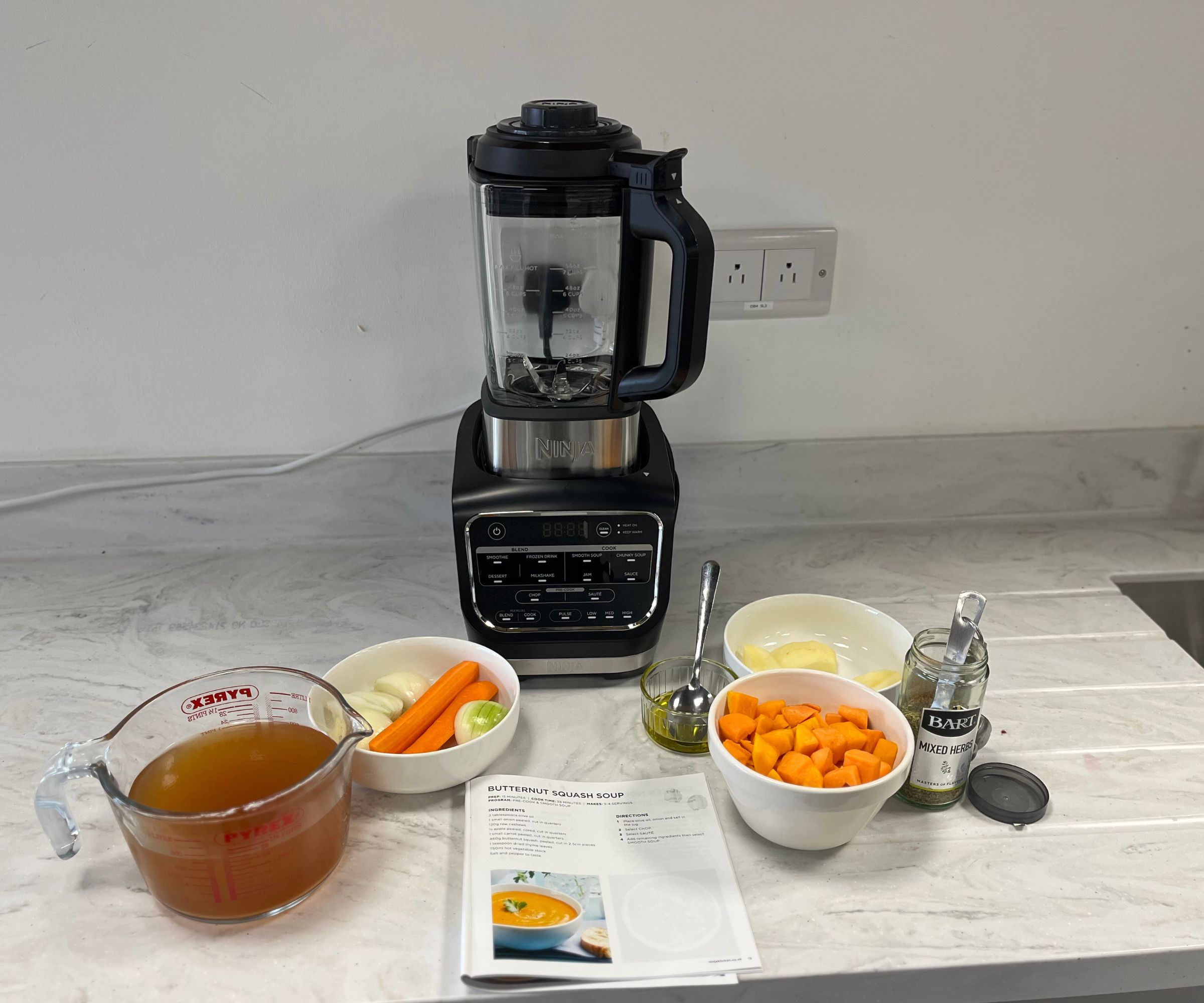
I consider myself a bit of a soup expert, so this is my favorite test. Second only to immersion blenders, countertop blenders are the best appliances you can buy for making soup.
Most large countertop blenders can handle hot ingredients, so you can blend roasted vegetables into perfectly spiced soup, then heat it up on the stove or microwave. However, some blenders go one step further. Premium blenders, like the Vitamix A3500i can spin their blades so quickly that they can make hot soup right in the jug.
We like to make root vegetable soups when testing blenders, since they have a fibrous, starchy texture. The ingredients we choose will depend on the season, but they can range from butternut squash to artichokes and beets. Of course, there will also be onion and garlic. We also like to add bright spices (like turmeric) to test whether they stain the pitcher. Sometimes, I add beans to double check the blender can handle tons of fiber.
The pass/fail criteria here are simple. The blender should fully incorporate every ingredient into a single liquid with no lumps or grittiness. If the blender claims to make hot soup, the resulting soup must be piping hot.
Test 3: Ice

We then see if a blender can crush ice. Ice is useful for two reasons. One is as a straightforward test of sheer power. Weak blenders won't be able to crush it, or will do half a job. A powerful, premium blender should be able to mist ice cubes into fine white powder. If a blender can't manage this, then it can't earn a perfect score.
The other culinary reason we test ice is to see if a blender up to making icy cocktails like frozen margaritas and frozen desserts, like granita. While we don't drink on the job, we can certainly see if the blender is up to the ice! We know you'll be thankful for the knowledge, when you have the urge to make Frozé in the summer.
Test 4: Sauces and Dips

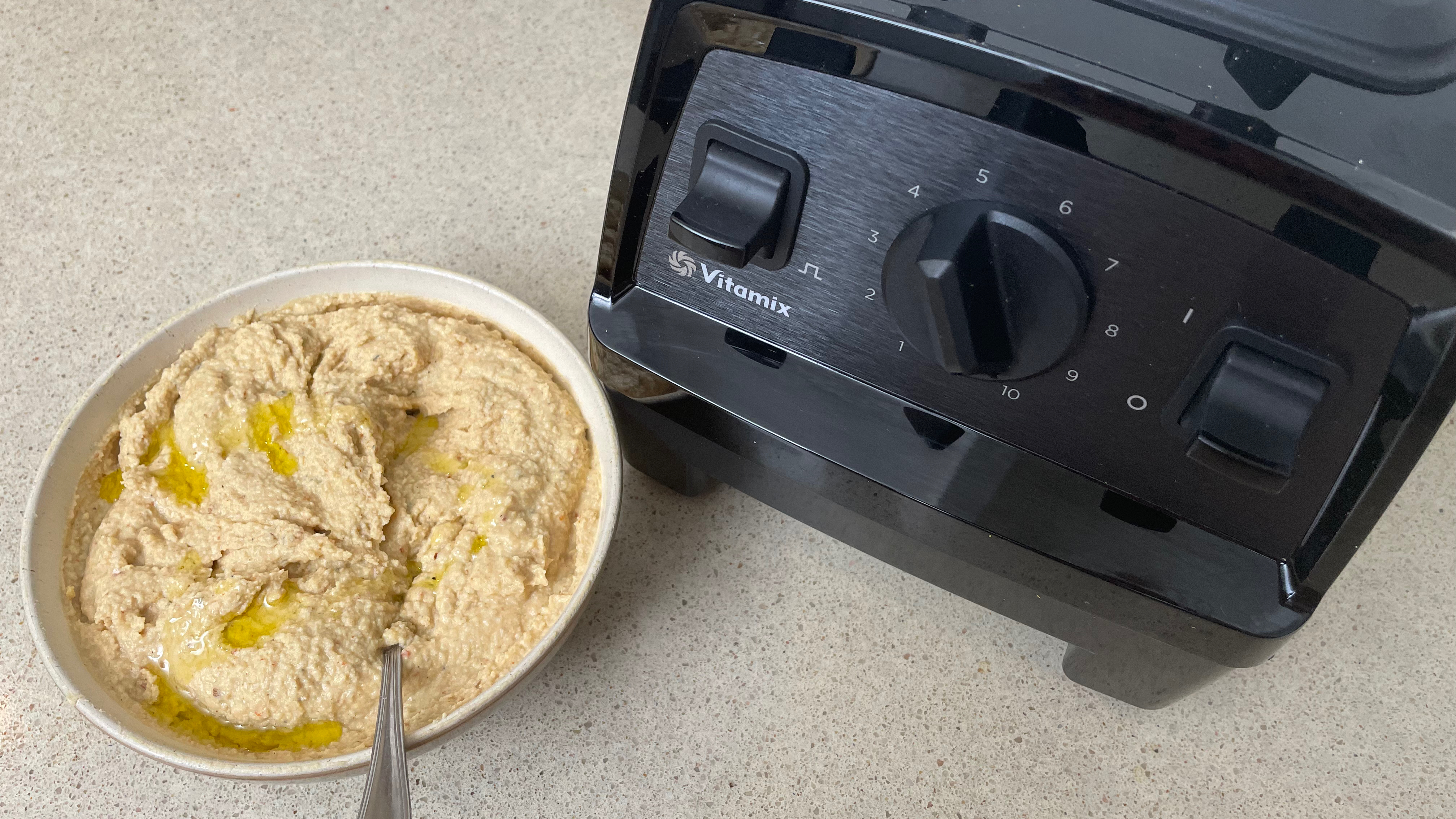
Technically, food processors are much better suited to making dips and sauces than blenders. Blenders are for liquids, not sauces, and their small blades aren't as thorough at mixing and emulsifying as food processors.
That said, plenty of blenders market themselves as being able to make homemade dips and sauces like hummus, guacamole and baba ganoush. Even some portable blenders claim to be up to the task, which is how we discovered that the cordless Cuisinart EvolutionX is an incredible little blender for making dips on the go – definitely one you want to bring to the BBQ or backyard cookout.
Any extras?
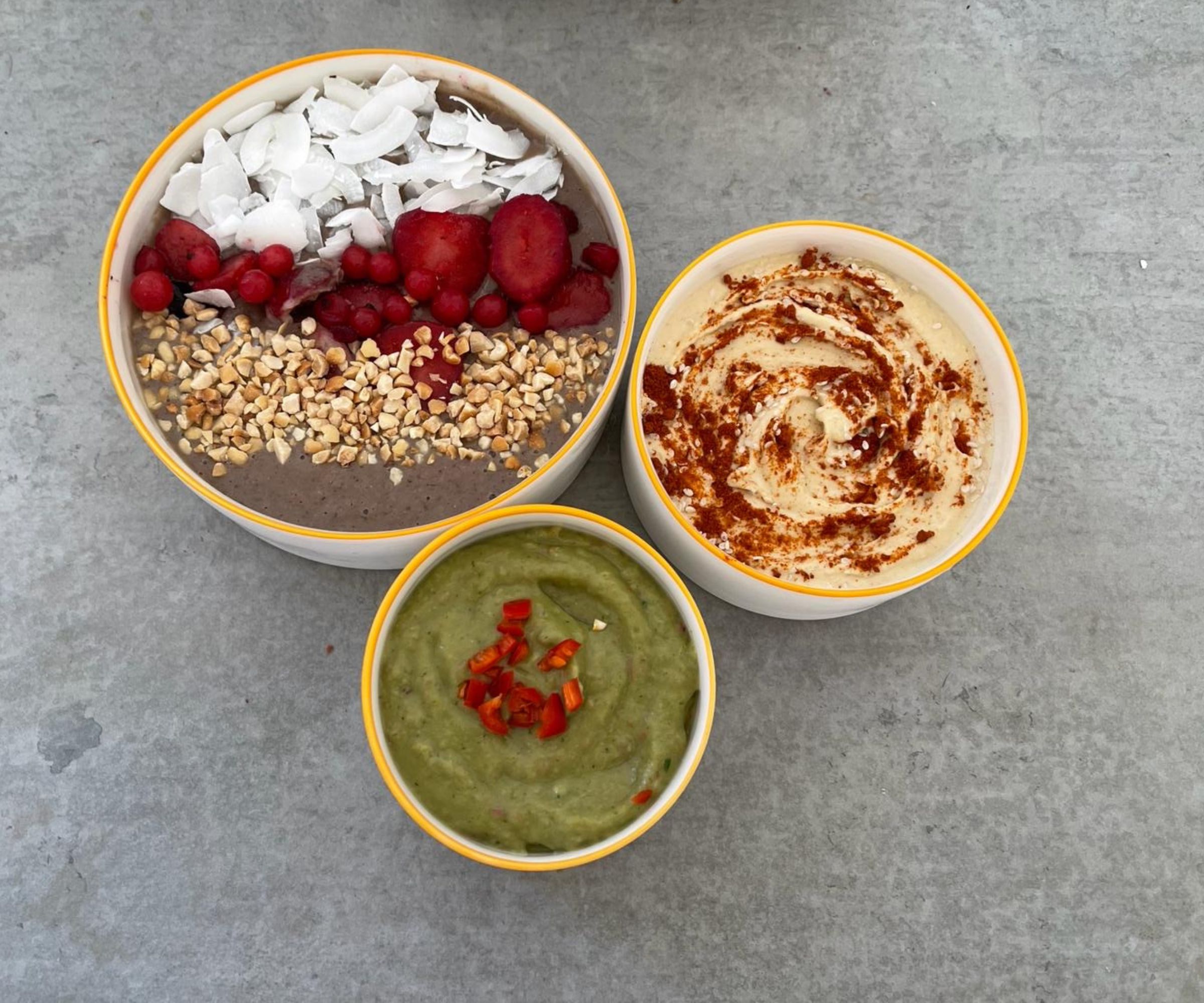
We then test for any other extras advertised by the blender, such as frozen smoothie bowls. Some blenders claim that they can make alternative milks, but we're often pretty skeptical. Alternative milks like almond milk are best homemade with a slow juicer, as this can crush liquid out of the nuts where a blender can only chop them smooth. However, just like sauces, skepticism isn't enough – we have to check everything for ourselves.
Decibel level
For some, making an early morning smoothie doubles as the alarm for waking up the whole house. After testing the best blenders in the world, which can crush and blend the toughest textures, we've learned that with great power comes great noise.
That's why a blender will score extra points in our tests if it operates quietly. We monitor the decibel levels on every test. We're conscious that you're looking for quiet blenders that don't wake up your family, disturb your neighbors – or simply whirr quietly to calm your nerves – so we note our personal reactions to the noise levels, too. If it's under 70 decibels and our experts are happy, it goes straight into the running for the quietest blender of the year.
Cleaning, storage & maintenance
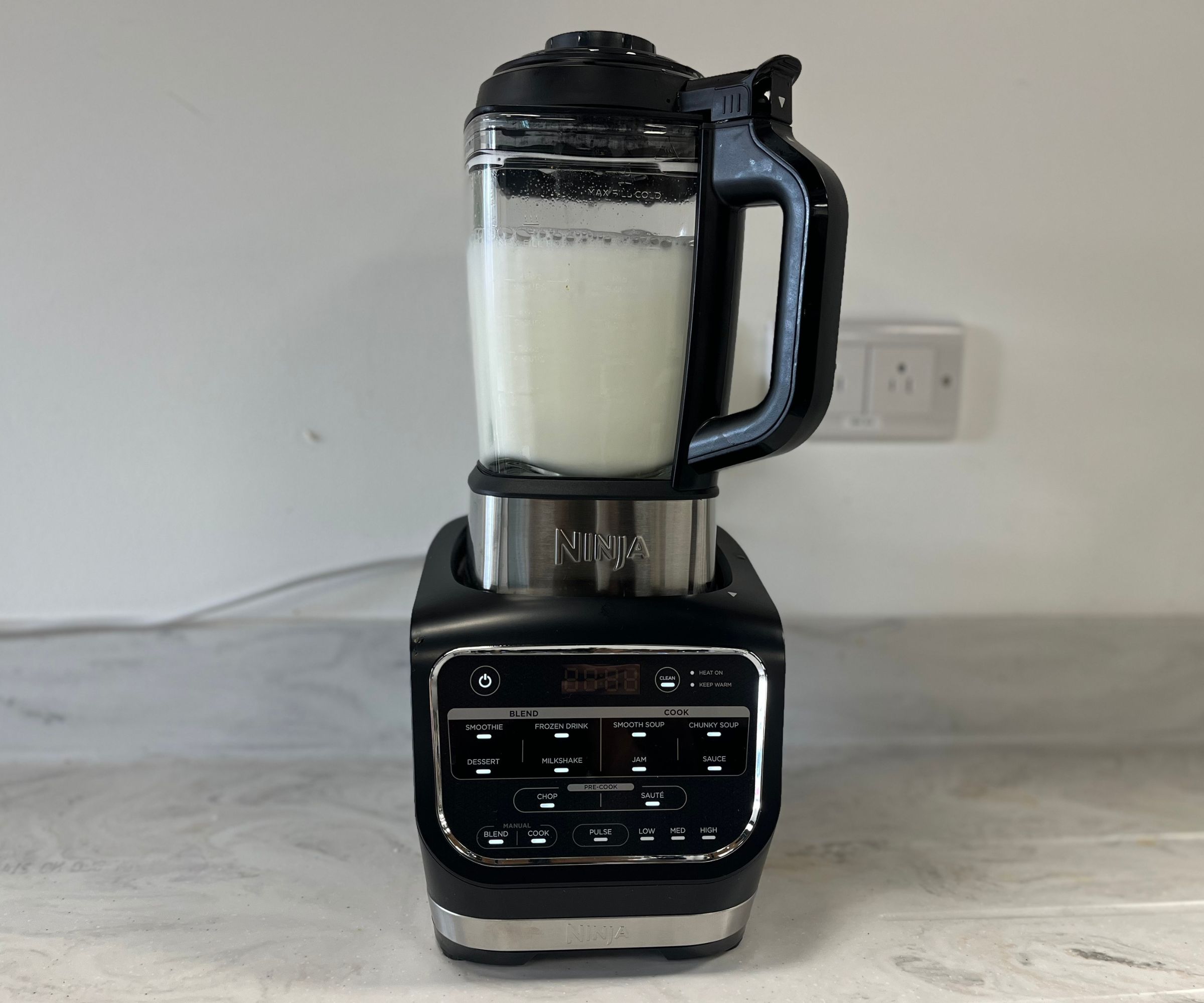
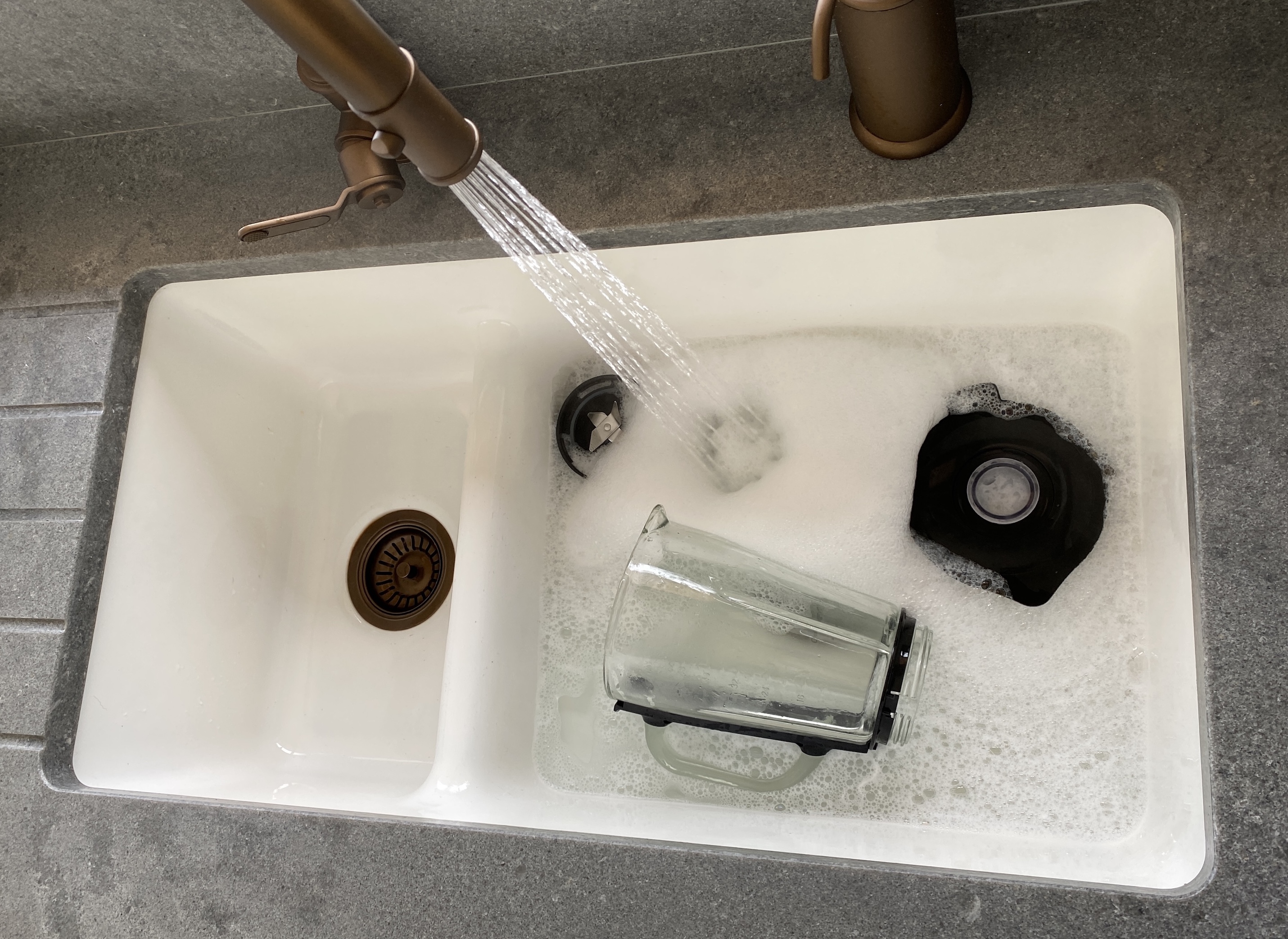
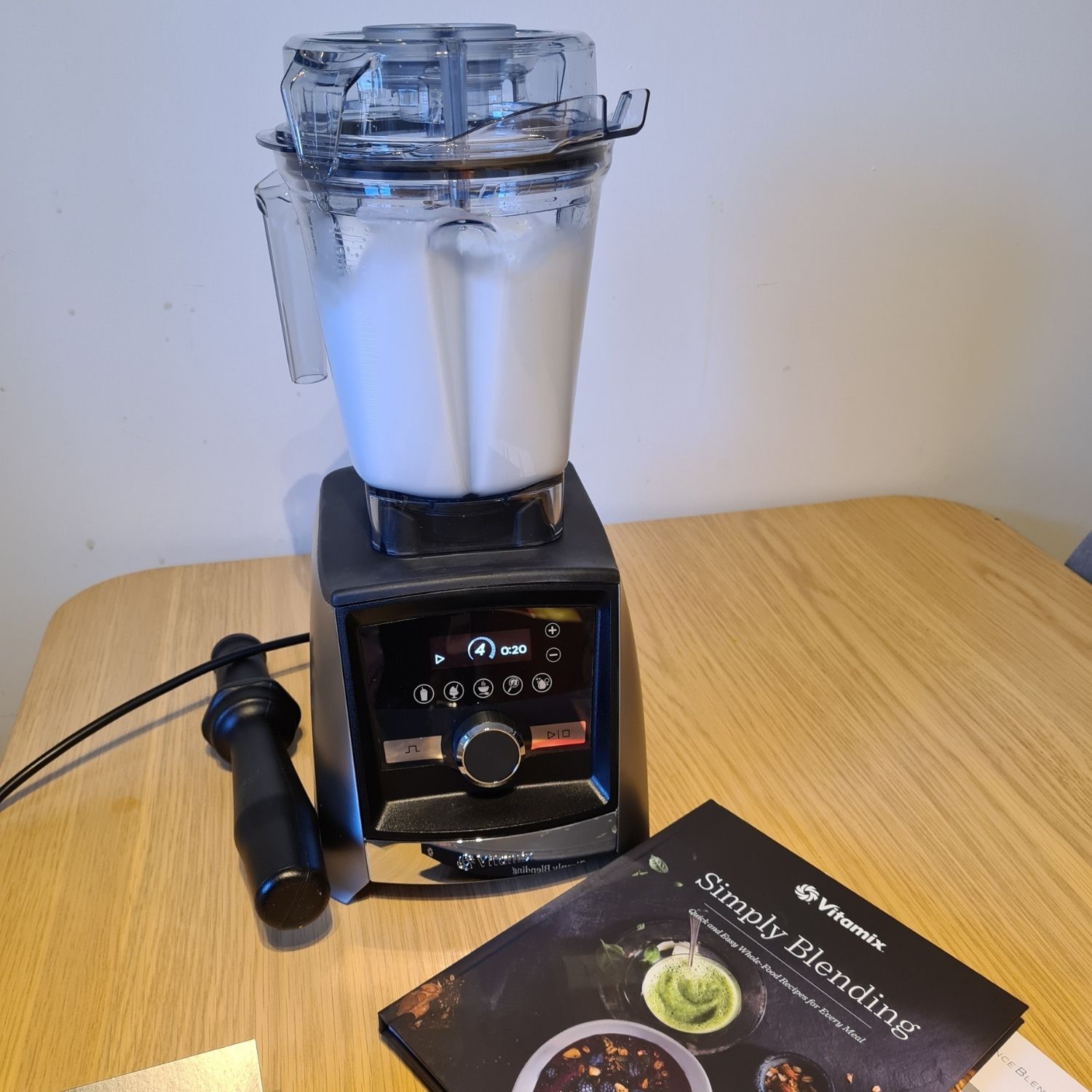
We also clean every blender by hand to see how easy this was, and if it felt safe. A great blender is one thing, but it can be annoying if lumps of food can lodge themselves in nooks and crannies, particularly underneath the blender blades, which can be dangerous to clean. We also test dishwasher-safe blenders in a dishwasher to see if this is actually effective. Some blenders come with self-cleaning settings that can prevent ingredients from sticking to the blades of the pitcher – which we love.
In terms of storage, we see if we can fit the blenders in cupboards and pantries, and how easy they are to lift and access. For portable blenders, we leave our kitchens to carry out more expansive tests. For example, we mix up a smoothie, pack it in our work bag, and take it on the busy subway to work. If the smoothie makes it to work without leaking, it passes the portability test. We also check other things you might not think of, like how heavy it feels to carry, and whether it fits into car cup holders or in a handbag.
User reviews
We then collate the results of online reviews. This is to see if there's any aspect of the review we've missed or issues with the blender months down the line. User reviews are particularly helpful as they throw up problems with a blender we may not have considered, and let us see how it fares in a wide variety of spaces and contexts.
Value and warranty
All of this then informs whether or not we think a blender is good value. A good blender should have at least a two-year warranty, and some of the best even have 10-year warranties. Every blender we feature should be one that we would buy ourselves. Some expensive top-line blenders are worth every penny, but others aren't, so we incorporate this information into every review.
Finally, we're often allowed to keep the blenders for a longer amount of time – so we try to test them in our home kitchens and real-life routines, too.
Sign up to the Homes & Gardens newsletter
Design expertise in your inbox – from inspiring decorating ideas and beautiful celebrity homes to practical gardening advice and shopping round-ups.

Lydia is the Kitchen Appliances Editor for Homes & Gardens, testing everything from air fryers and mixers to juicers and coffee machines. She trained in Culinary Arts at Leiths School of Food & Wine and previously served as the Recipe Editor for Mindful Chef.
- Alex DavidGardens Contributor
- Laura HoneyeCommerce Editor
You must confirm your public display name before commenting
Please logout and then login again, you will then be prompted to enter your display name.
-
 Zooey Deschanel and Jonathan Scott's breakfast nook is an innovative, effective use of kitchen space – it turns a 'dead area' into a cafe-style corner
Zooey Deschanel and Jonathan Scott's breakfast nook is an innovative, effective use of kitchen space – it turns a 'dead area' into a cafe-style cornerJonathan and Zooey have situated an eccentric yet elegant dining area in what may have been an otherwise underused corner
By Hannah Ziegler Published
-
 6 things you should never throw in the trash – and what to do for safe disposal instead
6 things you should never throw in the trash – and what to do for safe disposal insteadFrom batteries to space heaters, experts reveal what not to throw
By Andy van Terheyden Published